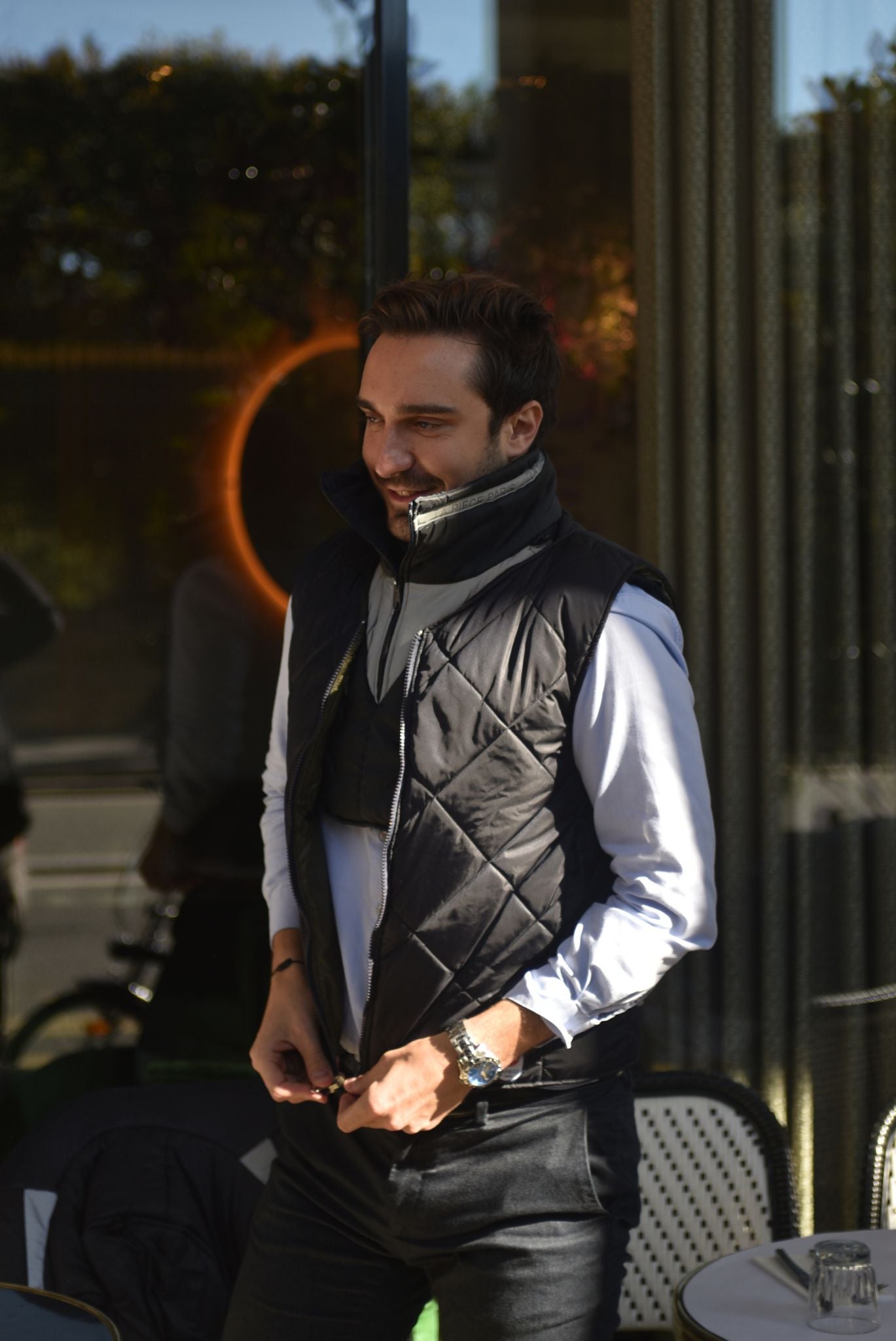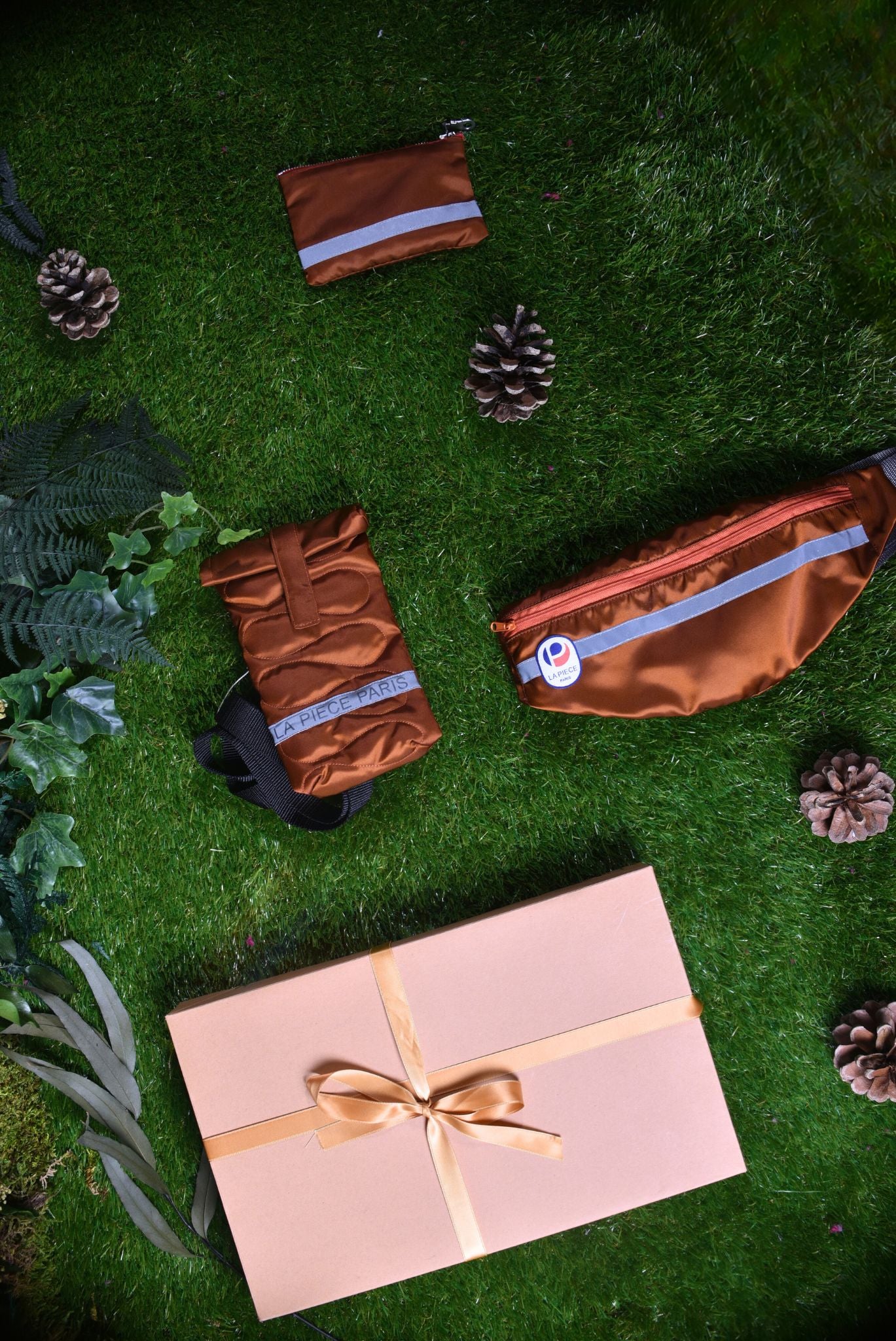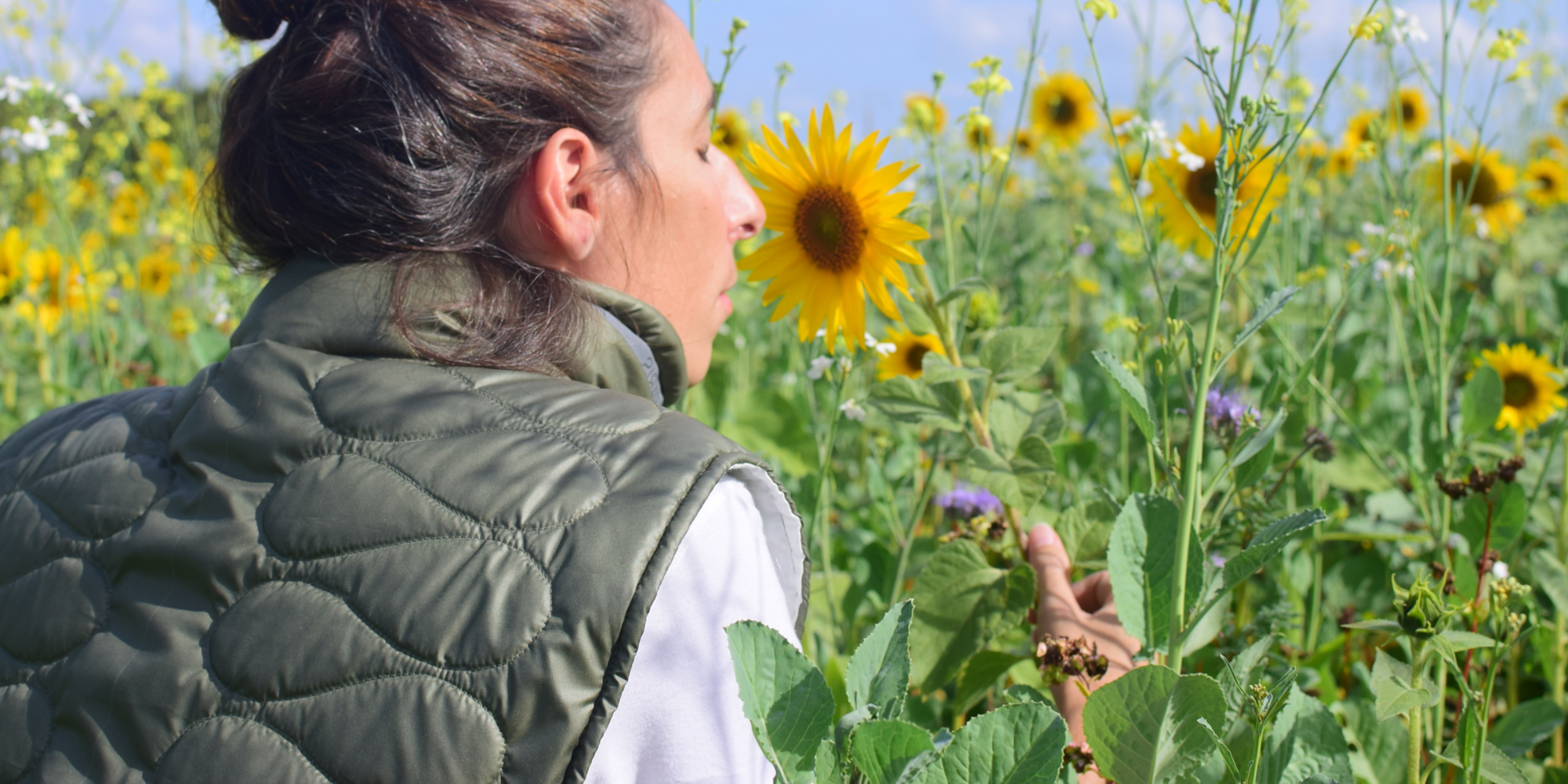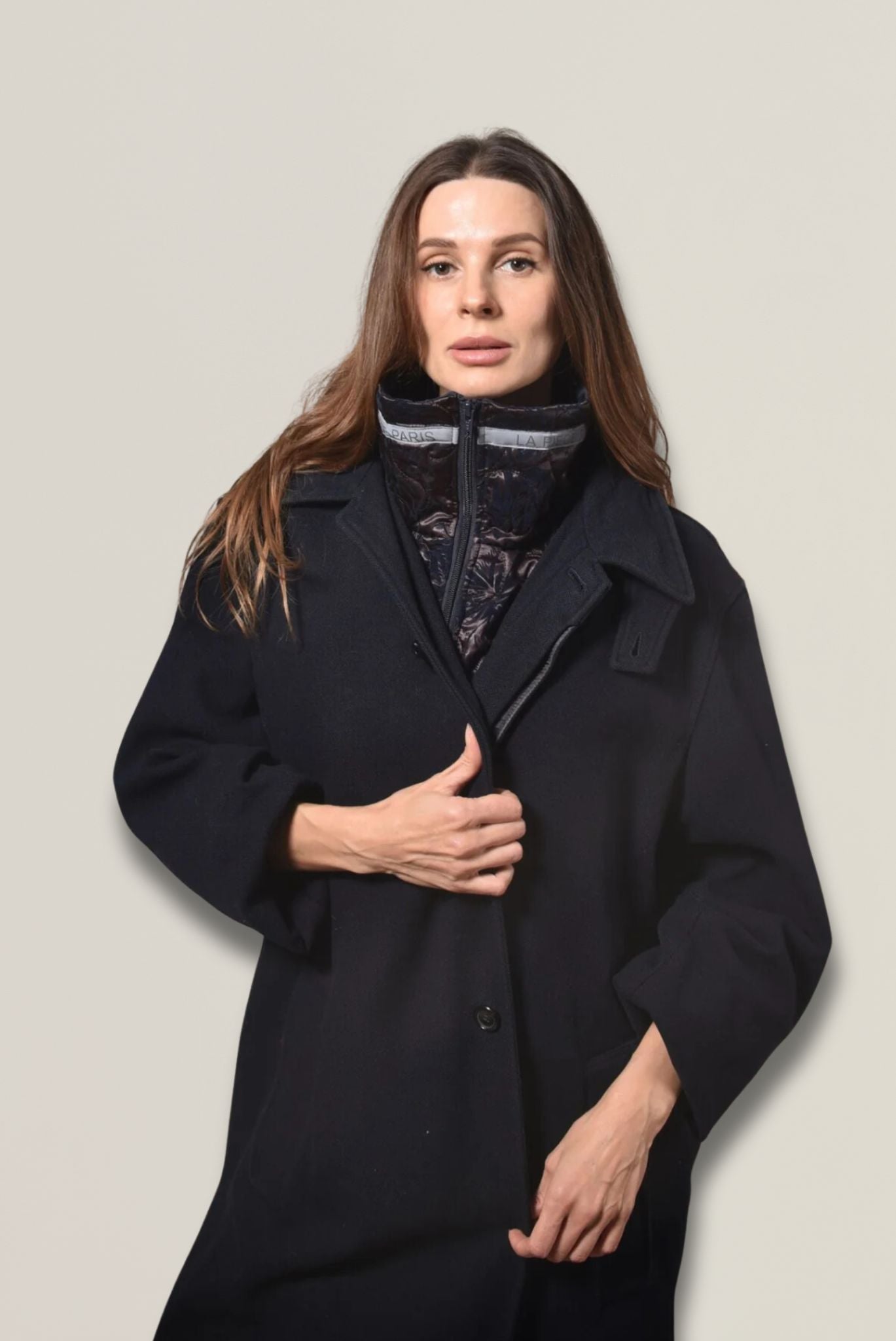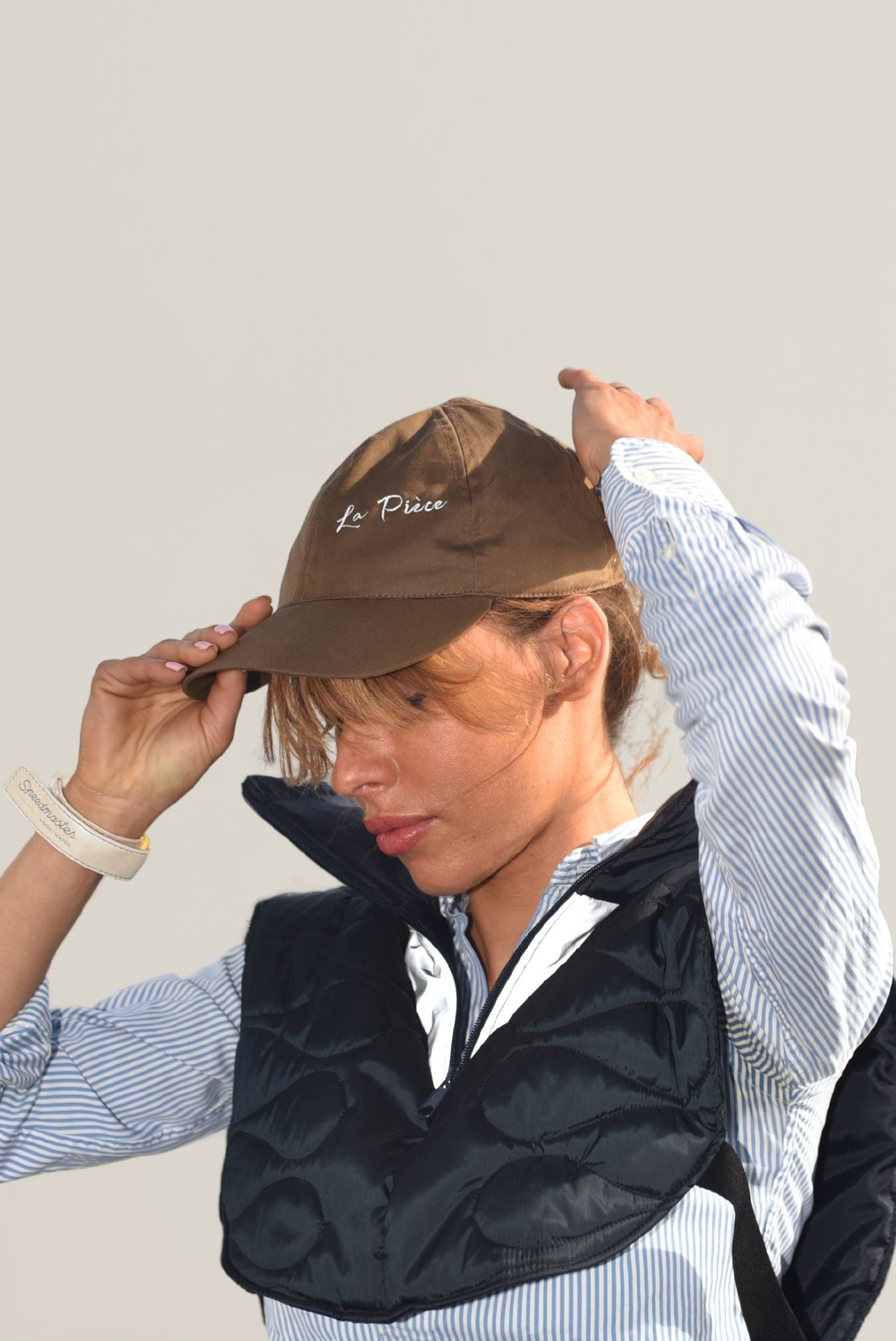The crossing of the Alps on Gravel

The Route des Grandes Alpes allows all cycling enthusiasts to cross the French Alps, from Lake Geneva to the Mediterranean. Like the legendary GR5 trail for hikers, this route is perfectly marked and offers stunning mountain landscapes as well as a good breath of fresh air to those who dare to take on this rather demanding but so rewarding course. While many choose to do it on mountain bikes or hybrid bikes, we offer you an equally interesting and rather original alternative: Gravel. This bike has many advantages that are definitely worth exploring. Our team embarked on this extraordinary adventure, and it must be said that positive feedback and anecdotes are plentiful. We will explain everything in this article, including the reasons that led us to choose Gravel for our crossing of the Alps. We will also look at the route of this legendary path as well as the variations that exist for those who have a bit more time, or conversely, for those who are severely lacking it!
Why choose Gravel?
Before focusing on the Road itself, a question deserves to be asked: why did we choose Gravel? The Route des Grandes Alpes is usually frequented by road bikes, mountain bikes, or even electric bikes. But since the 2000s, Gravel has managed to carve out a place in the cycling world, especially in cycle touring. Since we like to try new things, it seemed interesting to test this bike and discover its capabilities during long mountain expeditions. And we can say that it is definitely an excellent companion for long-distance trips. What exactly makes it a good adventure bike?
First of all, it stands out for its robustness. Yes, we certainly wouldn't have advised you to tackle the highest passes in France if this bike couldn't handle the road! Unlike the classic road bike, the Gravel can be used on all types of terrain: asphalt, gravel, dirt paths. Note, by the way, that its full name, Gravel Bike, literally means gravel bike in English. For road surfaces as varied as those of the Route des Grandes Alpes and its variants, Gravel is therefore ideal.
While it is particularly robust, this bike is rather light, unlike other heavier models. It thus becomes more lively and more responsive. This characteristic will be appreciated on steep climbs, for example. And there are many in the mountains.
Its wide tires guarantee excellent grip and good road holding, essential qualities for a long expedition in mountainous terrain. The tires are easy to change and can be replaced by larger models depending on needs.
Finally, it should be noted that the geometry of Gravel is quite different from other models. The handlebar is higher and curved, the crankset is quite low, and it is equipped with a disc brake. The cyclist's position is thus somewhat different and will resemble more the position one can adopt on a city bike. The cyclist's back is slightly more upright and less parallel to the frame. This position proves more comfortable in the long term. However, be careful, there are several frame shapes and materials. For a touring trip such as the Route des Grandes Alpes, we opted for steel frames. These are very sturdy and provide good comfort to the cyclist.
So we see that Gravel's advantages are numerous. Its versatility, liveliness, and robustness make it an excellent travel bike for mountainous terrain. The downside of this bike is its price, slightly higher than other types of bikes. But for an expedition like the Great Route of the Alps, it's better to have quality, sturdy equipment, and that obviously comes at a cost.
The Route des Grandes Alpes: the itinerary
After explaining the reasons that led us to choose Gravel, it's time to get to the heart of the matter: the Route des Grandes Alpes itinerary. This name alone already makes more than one cyclist dream and promises great moments of freedom and escape. And you would be right to think so. This route, 720 kilometers long, crosses wild landscapes dominated by majestic and imposing snow-capped peaks, pretty green valleys where cows and patous lounge, and small villages with a typically mountain charm.
But not only that. As you pedal south, the high mountains give way to more rolling landscapes, houses in Provençal colors, and much lusher flora.
The Route des Grandes Alpes starts from Thonon-les-Bains and ends in Nice, facing the Mediterranean Sea. The route is rather difficult and is intended for trained Gravel cyclists in good physical shape. All members of our team were athletes and used to mountain outings. However, it is not necessary to be a specialist in the discipline to embark on the adventure. But be sure to train well in the weeks before your departure. With 18,000 meters of elevation gain, this is far from a casual Sunday ride.
90% of the route is on road, the rest alternating between dirt and gravel paths. This route crosses legendary passes such as the Iseran (2764m), the Galibier (2642m), and the Cime de la Bonette (2802m). It goes without saying that the Route des Grandes Alpes is done in summer, between June and September, to avoid snow obstructing the route.
The route is divided into 15 "official" stages classified as difficult to very difficult. Depending on the time available and your physical abilities, it is quite possible to lengthen or shorten the proposed stages. Most cyclists complete this route in 7 days, but feel free to take your time, stop at the local cheese shop, and admire the beautiful views offered to you.
Here are the recommended stages:
- Thonon-les-Bains – Morzine-Avoriaz: 49.96 km
- Morzine-Avoriaz – Cluses: 47.60 km
- Cluses – Le Grand-Bornand: 30.30 km
- Le Grand-Bornand – Beaufort-sur-Doron: 56.99 km
- Beaufort-sur-Doron – Bourg-Saint-Maurice: 39.71 km
- Bourg-Saint-Maurice – Val d’Isère: 34.41 km
- Val d’Isère – Val-Cenis: 48.37 km
- Val-Cenis – Valloire: 57.32 km
- Valloire – Briançon: 54.04 km
- Briançon – Guillestre: 49.57 km
- Guillestre – Barcelonnette: 50.18 km
- Barcelonnette – Valberg: 76.19 km
- Valberg – Saint-Martin Vésubie: 59.20 km
- Saint-Martin Vésubie – Sospel: 51.22 km
- Sospel – Nice: 52.28 km
This route is generally very well signposted and marked. You will find signposts throughout the journey. Equipped with a map or a book on the subject, it is therefore impossible to get lost! It is just as easy to find accommodation and food. Many inns, hotels, or apartments welcome cyclists and their mounts for a night. Still, be sure to book well in advance as you certainly won't be alone on the roads this summer. For the more adventurous, camping is an option. However, be sure to check the possibility of pitching your tent in certain protected areas.
The Great Alpine Route and its 17 mountain passes is a classic cycling expedition and undoubtedly offers unforgettable moments and encounters to any self-respecting Gravel cyclist.
Variants of this gravel trip in the Alps
The proposed route is far from fixed. If you have time or want to discover certain places at all costs, nothing prevents a small detour or a variant. The official Great Alpine Route website actually offers several.
We will not list them all, but the variant via Alpe-d’Huez is the most popular. Not only does it allow you to avoid the national road between Bourg d’Oisans and Lake Chambon, but it also takes you to conquer the 21 hairpin bends of the Alpe d’Huez climb. All that’s missing are a few spectators along the road to feel like a Tour de France rider! Luggage included and competition excluded.
Another variant much appreciated by cyclists is the one between Val-Cenis and Oulx. Be careful, it is classified as very difficult and is rather long at 72 km, but it offers magnificent landscapes and a very pleasant excursion in Italy. If you feel like a good plate of pasta, do not hesitate to stop by.
Further south, the variant through Guillestre and Barcelonnette via Lake Serre-Ponçon will allow you to enjoy a few hours or days of relaxation between swimming in the lake or kayaking outings.
Finally, if the 6 passes over 2000 meters scare you or if you are not trained enough, a complete alternative to the Great Alpine Route should be considered. The P’tites Routes du Soleil, a charming name with a melodic ring, also connect Thonon-les-Bains to Nice, but they bypass the Alps to the west by crossing pre-Alpine massifs such as the Chartreuse, the Vercors, or the pretty Baronnies. The passes do not exceed 1400 meters in altitude, but beware, altogether, the route still has 17,000 meters of elevation gain! So do not set out lightly. However, this route remains much more accessible than the other, for a family Gravel expedition for example.
Greenways for those in a hurry
For those who lack the physical fitness or time to embark on an expedition of this scale, there are countless opportunities to enjoy your Gravel bike in mountainous terrain. Some paths are even intended exclusively for cyclists and pedestrians. Perfect if you are reluctant to share your route with cars.
The French Alps have a large number of Greenways and they continue to develop. The Haute-Savoie department even plans up to 350 kilometers of cycling routes in the long term. Across the entire Alps, there will be thousands of kilometers of paths reserved for cyclists. The Great Alpine Route includes several greenways in its vicinity.
- The Greenway between Bourg-Saint-Maurice and Aime:
This Greenway is shared with one of the variants of the Route des Grandes Alpes between Bourg-Saint-Maurice and Saint-François-Longchamps. It allows crossing the Haute Tarentaise on a pleasant route, without major difficulty and well shaded. The trail runs along the Isère which serves as a playground for many kayakers.
- The Greenway of Oisans
This route, much appreciated by locals and tourists alike, stretches from Allemond to Venosc. It also passes through the pretty village of Bourg-d’Oisans. About 25 kilometers long, it allows you to discover at your own pace the bottom of the Romanche Valley or to warm up your calves for a possible climb of the hairpin bends of Alpe d’Huez. The trail is overlooked by the magnificent surrounding peaks. Be careful though, as you will be far from alone! This Greenway is open to all non-motorized thermal vehicles or means of transport and there are many: bikes, rollerblades, strollers, horses, etc. So don’t launch your Gravel at full speed, but slow down and enjoy the landscapes around you.
- The Via Vercors
The Via Vercors is a nice alternative to the P’tites Routes du Soleil that we described above. About 50 kilometers long, it connects Engin to Corrençon-en-Vercors. It is perhaps the most suitable route for Gravel as the majority of the path is covered with gravel. It crosses the main towns and villages of northern Vercors: Lans-en-Vercors, Méaudre, and Villard-de-Lans where it is nice to stop for a few hours. The route is not very steep and really well secured. This route therefore represents a great introduction to mountain biking before tackling the more daring Route des Grandes Alpes.
Conclusion
Crossing the Alps on Gravel is certainly an extraordinary experience to live at least once in a lifetime. It is difficult, demanding, but it takes the cyclist through breathtaking landscapes and promises beautiful encounters if you take your time. Gravel, thanks to its robustness and lightness, proves to be a great ally that will take you everywhere, even on the small dirt paths that will pepper your detours. These detours and other alternatives are endless, and after all, that's why we love bike travel so much: it offers unparalleled freedom. For those in a hurry and less fit, the Greenways are excellent alternatives that might even inspire you to try the great adventure of the Route des Grandes Alpes soon. We returned delighted from our adventure and can only recommend it to cyclists wishing to take on a great sporting challenge.



